A mid-spring update on the NBA Draft and its impact on college hoops next season

(Photo: Mike Stobe/Getty Images North America)
It’s no secret that so much of life as we know it has been upended over these last few months thanks to coronavirus. And while there are certainly more important things than sports that have been altered these last few weeks, it doesn’t change the fact that man, an awful lot sure has changed of late.
That includes the NBA Draft.
Under normal circumstances we’d be in the heart of draft season as we speak. Had the world not been flipped on its head, the draft lottery would have actually been earlier this week (Tuesday for everyone scoring at home) with the NBA Draft combine starting today, May 21, in Chicago. The withdrawal date for college was scheduled for June 3rd, with the draft itself later next month.
Of course those were under normal circumstances – the furthest thing from where we are right now.
Therefore, with so much to keep track of on the sports calendar, it feels like a good time to let fans know where we are with the NBA Draft, the decisions that have to be made, and what it means for the 2020-2021 college hoops season.
What is the latest with the combine, lottery and NBA Draft itself?
The “latest” is that there really has been no news over the last few weeks. The NBA announced back on May 1st that the entire draft process had essentially been put on layaway, set to be picked back up at further notice. It means that the lottery and the combine have been postponed, and the same with the draft.
In terms of what next, it’s all still really up in the air. Right now we’re still not even sure if holding a combine will be possible (the possibility of holding a “virtual combine” has been discussed) or if workouts in team facilities will even take place.
Therefore, from the NBA’s perspective, it really does feel like all decisions on the draft have been pushed to the backburner until the league actually figures out what will happen with the actual NBA season. While this is just informed speculation, my guess is that the NBA’s focus is on three things specifically right now: 1) Are they going to re-start the season? 2) What will that season look like (how many games etc.) and 3) Where will the games be played?
Once decisions have been made on that front, focus will turn to the NBA Draft.
What is the latest on the NCAA withdrawal deadline?
For all the crap the NCAA constantly gets from the media and fans (much of it justified) college sports’ governing body actually did the right thing a few weeks ago when they pushed back the deadline to withdraw from the draft. It was originally scheduled for June 3rd, and again, a few weeks ago the NCAA pushed it back. They have not set a new date as of right now.
And to their credit that was the right decision. That’s because incredibly, now two full months into this pandemic, we still have no idea what the NBA Draft process will look like. Again, we don’t know if players will be able to get into facilities for workouts, and if so when that will be. We don’t know if there will even be a combine. We really don’t know much.
Ultimately once the NBA actually sets a firm date on the draft, and figures out whether there will be a combine or not, expect the NCAA to figure out an appropriate date for players to make their decisions on returning to school or not.
So who will be impacted in college basketball?
With the basics out of the way, now feels like a good time to break down where everyone is at, what schools are still waiting on key decisions and what it will mean for the 2020-2021 college hoops season.
We’ll break the following section down into three parts: The blue bloods, the SEC and other national title contenders
The blue bloods
By NBA Draft standards, it’s actually a pretty quiet off-season for the blue bloods. Here is a quick rundown of where each stands:
Kentucky: For the first time in a long time, there will be no waiting until the NBA Draft deadline this off-season for Kentucky. All five starters off last year’s team announced they will turn pro, and all five have hired an agent and ended their eligibility. The Wildcats re-loaded with the No. 1 recruiting class in the country and a slew of high-profile transfers, so again, there is no uncertainty on the roster heading into 2020-2021. Barring a surprising entry into the transfer portal or a player reclassifying, the 2021 roster is set.
Kansas: Like Kentucky, Bill Self has had relative stability around his program this offseason (well, you know minus that whole “massive NCAA investigation” thing). First team All-American Udoka Azibuke graduated and fellow All-Big 12 first team member Devon Dodson declared and will stay in the draft. The team’s third leading scorer Ochai Agbaji (10.0 ppg) announced he would return, and no one else even flirted with testing the waters. Like Kentucky, barring a surprise transfer or reclassification, the Jayhawks roster is set.
North Carolina: One of the benefits of having one of the worst seasons in school history is that you really don’t have to worry all that much about players leaving. Cole Anthony declared as expected and a few minimal impact seniors graduated. But most of the rest of the core of this team returns, along with the No. 2 ranked recruiting class in America according to 247 Sports.
Duke: Like Kentucky and Kansas, Duke lost the players they expected: Tre Jones, Vernon Carey and Cassius Stanley. Unlike Kentucky and Kansas however, they did have some kids on the fence announce they were coming back without even testing the draft process (Matt Hurt, Wendell Moore). Add in the No. 3 recruiting class in the country and Duke will start another season in the Top 10.

The SEC:
Over the last few years, there has been a definite recruiting uptick in the SEC. And because of it, it means more tough decisions have to be made around this time of year. Here are the other SEC contenders outside Kentucky, and how they’ve been impacted by the draft process:
Tennessee: It was an up and down year for the Vols. A win at Rupp signified the high point, while a couple narrow losses late (Auburn, South Carolina) kept them from being anything more than a fringe bubble team by the end of the year. It also doesn’t change the fact that they could bring back a loaded roster in 2020-2021, one that would make them a possible SEC favorite. The Vols will definitely return leading scorer and rebounder John Fulkerson, point guard Santiago Vescovi and will also add the No. 4 ranked recruiting class nationally. However, they are still waiting on one key piece, Yves Pons (10.4 ppg, 2.4 bpg) who has declared without an agent. With him, again, the Vols will be loaded. Without him, Tennessee will still be “NCAA Tournament good” but have a big hole in their frontcourt that will be next to impossible to replace.
Arkansas: Arkansas finished a respectable 20-12 in Eric Musselman’s first year in Fayetteville, but what largely gets lost is that they were trending towards an NCAA Tournament berth until Isaiah Joe got hurt. The Hogs went just 1-5 without him in the lineup, meaning that they were 19-7 with him. All that is a long-winded way of saying that with Mason Jones definitely in the draft (he declared early and signed with an agent) so much of Arkansas’s upside next year depends on if Joe (who averaged 16.9 ppg last year) returns. If he does, he will be part of a loaded Razorbacks roster that includes a couple key transfers (Conor Vanover, Vance Jackson and JD Notae among others) and a Top 10 recruiting class nationally. That is enough where Arkansas should begin the season in the Top 25.
LSU: Emmitt Williams has declared for the draft and will stay in, while Javonte Smart (12.5 ppg, 4.2 apg) and Trendon Watford (13.6 ppg, 7.2 rpg) have declared while retaining their NCAA eligibility. And while Smart is the bigger name, Watford is (at least to me) the more important returnee. The former McDonald’s All-American is one of the more versatile players in the league and could break out as a potential SEC Player of the Year type candidate next season. With another Top 10 recruiting class nationally (insert your own Will Wade joke here) and the addition of a couple transfers (remember Shareef O’Neal?) the Tigers will again be good. But to stay in contention at the top of the SEC they need both Smart and Watford to return.
Alabama: It was an up-and-down year one for Nate Oats at Alabama, but he has loaded up this off-season with the additions of elite high school talent (guard Josh Primo), elite junior college talent (Keon Ellis) and a big-time grad transfer (Jordan Bruner). The question now is who will be joining them, as Alabama awaits the draft decisions of a couple key players. Kira Lewis has declared with an agent and will go pro, but John Petty (14.5 ppg) and Herb Jones (eight points, six rebounds per game) and their draft decisions will determine whether the Tide are a contender at the top of the SEC or not. Oats has already said publicly that he expects Jones back. Petty however is much more up in the air.
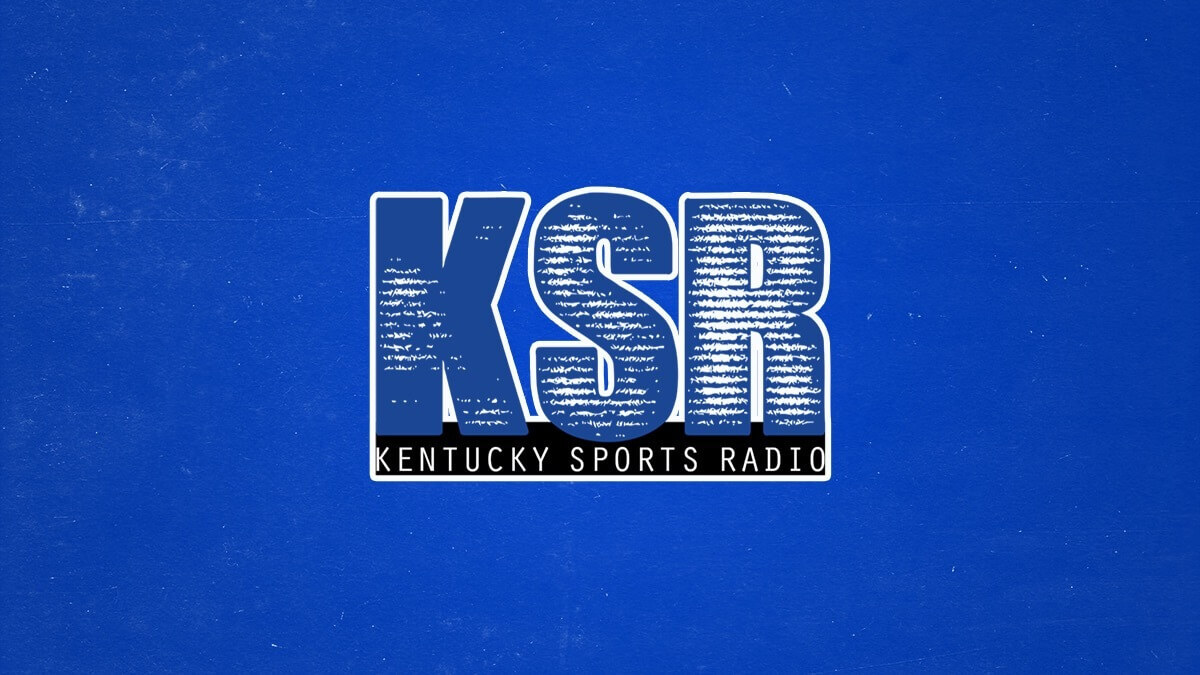
The rest of the contenders nationally:
Beyond the teams mentioned above, there are a few other big decisions that remain. Here are a couple of other prominent schools and true national title contenders who are knee deep in the draft process.
Louisville: The Cardinals are always a threat in the ACC, so it’s at least worth mentioning them here. The thing is though, there really isn’t that much to mention. We knew Jordan Nwora would leave after last season (he was set to graduate and he did) and junior college star Jay Scrubb declared and hired an agent weeks ago, so Chris Mack had the chance to pick up pieces in the transfer portal. Star freshman David Johnson said he probably would have declared had there been a normal process, but instead decided to return. Because of it, Louisville’s roster is pretty much set for 2020-2021.
Michigan State: With the departure of Cassius Winston, I’m not quite sure I’d label Michigan State as a “national title contender.” Regardless, they have arguably more uncertainty than any program in college basketball right now. Xavier Tillman emerged as a star last season averaging 13 and 10, yet despite declaring and despite the fact that he is actually married with two small children, he says he is still 50/50 on returning. Third leading scorer Aaron Henry (10 ppg) has also declared while retaining his eligibility as well. And in a twist that is completely unique to Michigan State, Joshua Langford – who was the team’s second leading scorer two years ago and sat out all of last season with an injury – has told Tom Izzo that he is considering returning for a fifth season. Michigan State is also in the mix for prep school star Karim Mane, who has declared for the draft (he was in his fifth-year of high school this season) but could instead elect to come to college.
As I said above, no team has more uncertainty right now than Michigan State. Even at the end of May it really isn’t even worth speculating what their 2020-2021 roster could look like by the fall.
Villanova: I had Villanova No. 1 in my “Way Too Early Top 25” following the 2020-2021 season and it was based on the fact that I expected they would lose star Saddiq Bey (16.1 ppg) and return everyone else. Well, fast-forward two months, Bey has declared and it appears as though he’ll stay in, while it also appears everyone else will return. No other Wildcat has even tested the waters, meaning at worst, the Wildcats will return nine of their Top 10 scorers, and at best, they will return entirely intact. While it’s impossible to say for sure, I suspect the Wildcats will remain No. 1 when I release a new ranking in the fall.
Gonzaga: Outside of Villanova, Gonzaga is the team getting the most preseason No. 1 buzz nationally. But unlike Villanova, the Zags roster is completely in flux. By technicality the Zags haven’t officially lost any players early to the NBA Draft, but their three leading returning scorers, Filip Petrusev (17.5 ppg, 7.9 rpg), Corey Kispert (13.9 ppg, 44% three-point percentage) and Joel Ayayi (10.6 ppg) have all declared without an agent. Considering that none of the three is projected anywhere as a first round pick, all three could be back. If they do return, and if star freshman Jalen Suggs enrolls (while it seems unlikely, he still could pursue a professional path) the Zags will be a consensus Top 3 team. If any indivudal guy or combination of them decides not to come back, that’s much more up in the air.
Baylor: The Bears burst onto the national scene this past season, spent several weeks at No. 1 and in theory could return seven of their top nine players. Right now though they’re in a holding pattern as they wait for the NBA Draft decisions of their top two scorers from last year, Jared Butler (16.0 ppg) and MaCio Teague (13.9) who have both declared while retaining their eligibility. And weirdly, while Butler is the more coveted NBA Draft prospect, it’s Teague – who is 23 and entering his fifth-year of college hoops – who feels more likely to leave. Regardless, the decision of those two will largely shape the Big 12 and national title picture going into next season.
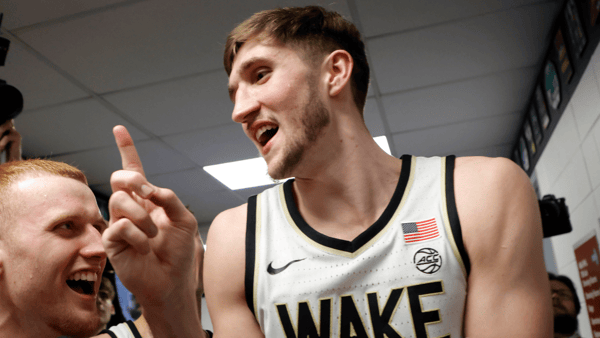
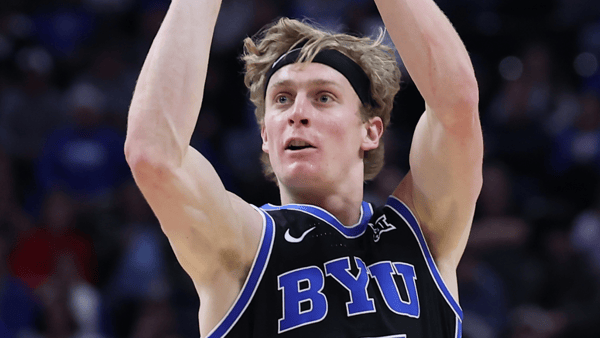
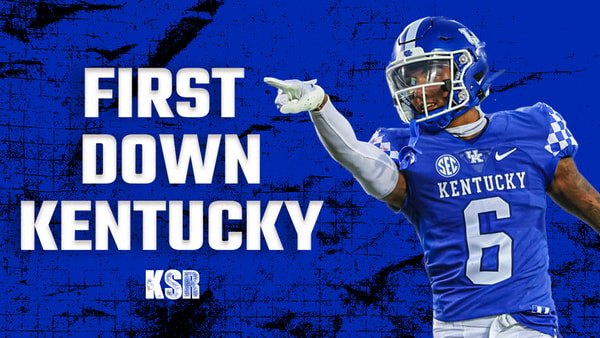
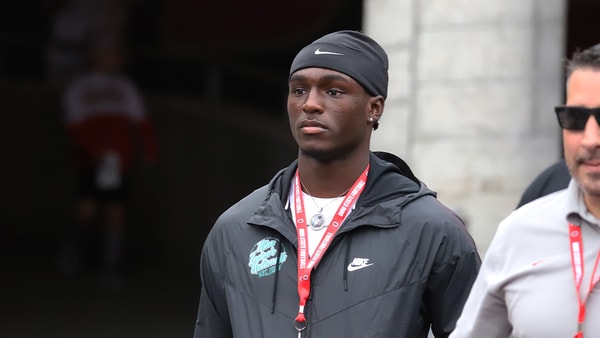
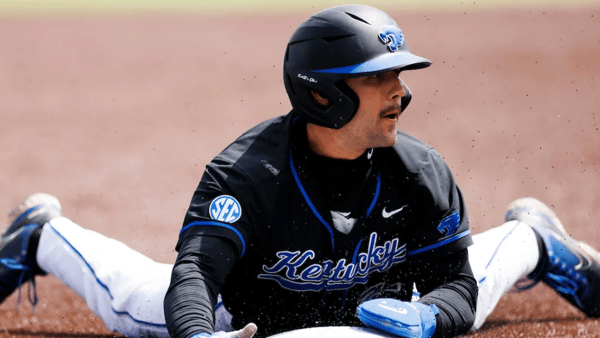
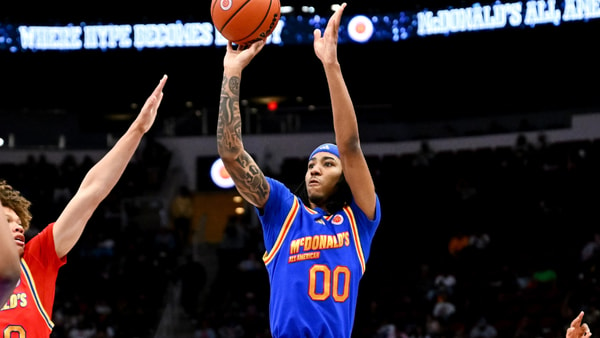
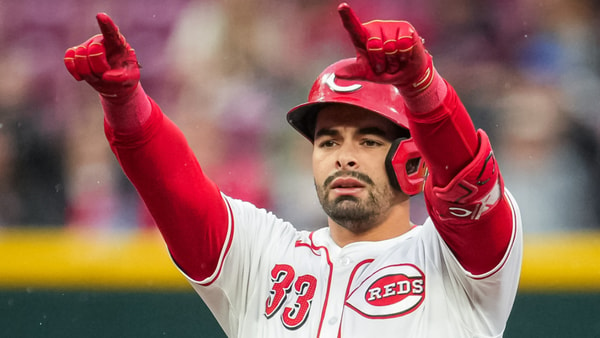
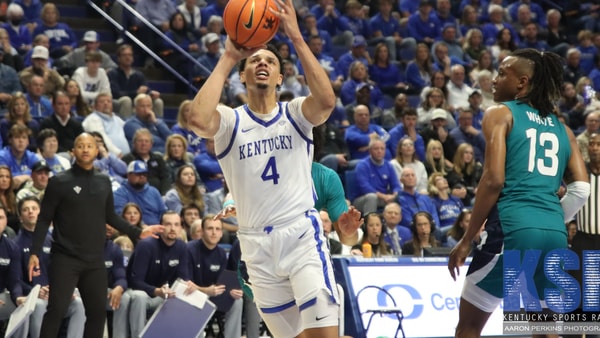
Discuss This Article
Comments have moved.
Join the conversation and talk about this article and all things Kentucky Sports in the new KSR Message Board.
KSBoard